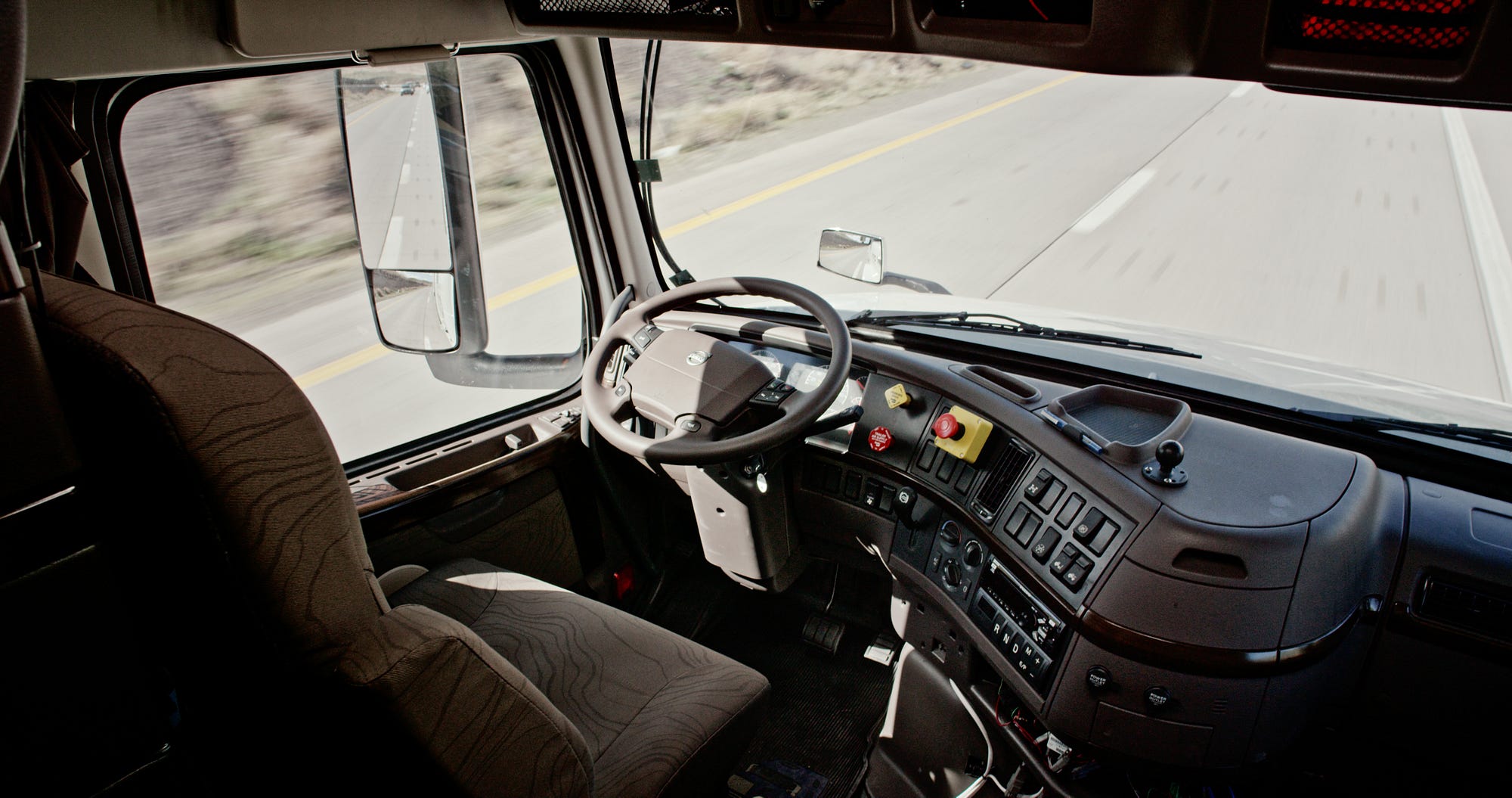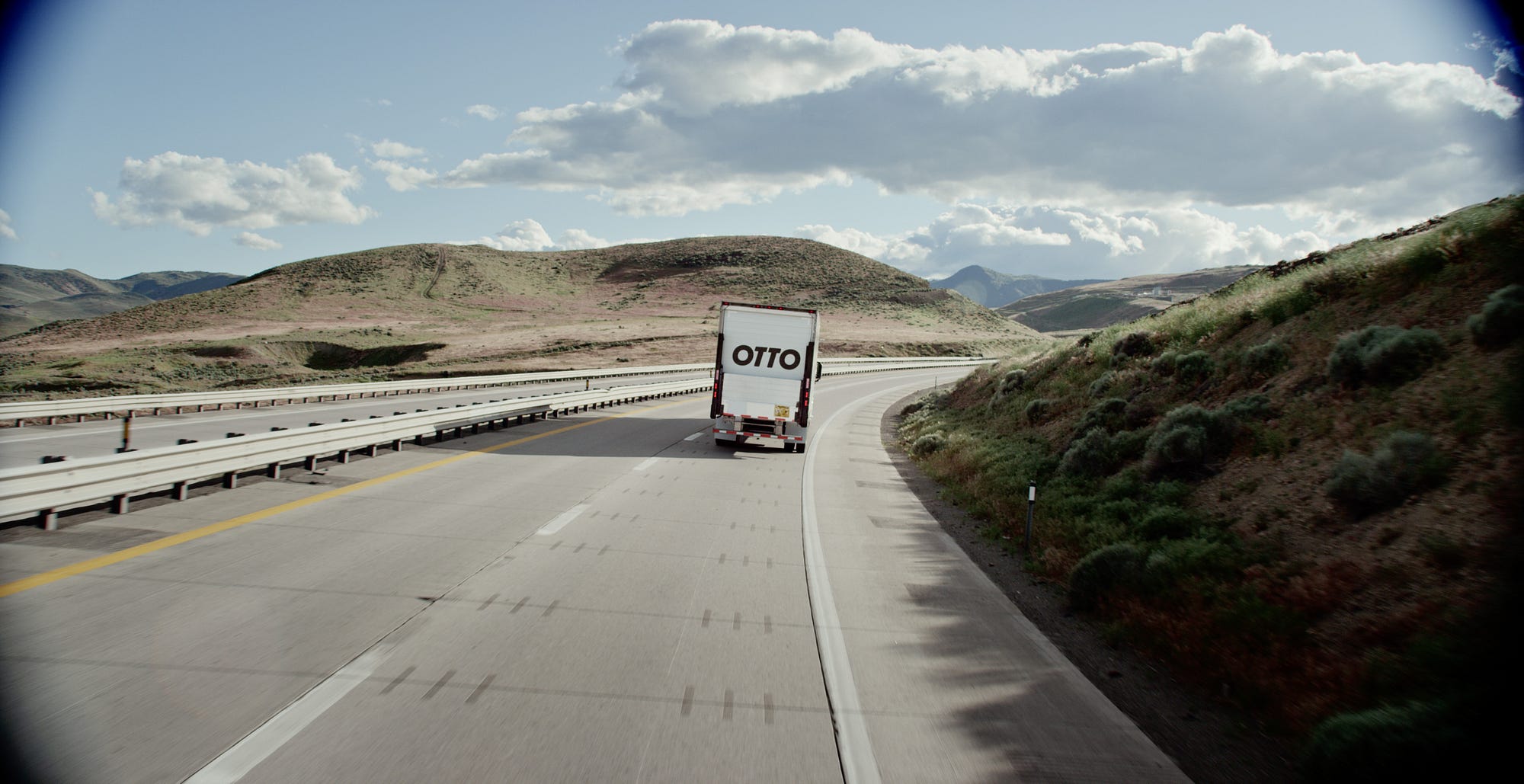As reported by The Hill: On Tuesday, the US Department of Transportation (DOT) proposed a rule to "advance the deployment of connected vehicle technologies in 'light-duty" vehicles." The rule would mandate that all new cars implement vehicle-to-vehicle (V2V) technology—and, according to US DOT secretary of transportation, Anthony R. Foxx, this could happen in 100% of new cars in roughly five years.
"Today's announcement is the next step in our march toward capturing safety opportunities in new technologies," Foxx said at a press conference. "We recognize the potential technology to improve safety and improve the relationship between everyday Americans and transportation."
"There's a single number that motivates everything we do: 35,092. That number is how many American died on roadways last year," said NHTSA Administrator Mark Rosekind. According to Rosekind, V2V infrastructure has the potential to prevent up to 80% of "non-impaired crashes."
"That potential is something we have to do everything we can to realized," he said.
To prevent crashes, V2V tech will employ features like advanced warning systems, automated crash avoidance, and adaptive cruise control. The proposed implementation of V2V technology, Foxx said, will also "provide 360-degree situational awareness on the road and will help us enhance vehicle safety." While "folks can turn off the warning," Foxx said, "the broadcast cannot be turned off."
The announcement follows on the heels of the US DOT's policy for autonomous vehicles—the first-of-its kind guidelines for the development of autonomous vehicle technology in September 2016. According to Rosekind, V2V and automation technology are "highly complementary." Also, Rosekind said that vehicle-to-infrastructure (V2I) technology is important piece of the proposal, and the agency "plans to soon issue guidance for V2I communications, which will help transportation planners integrate the technologies to allow vehicles to 'talk' to roadway infrastructure such as traffic lights, stop signs and work zones to improve mobility, reduce congestion and improve safety."
The proposal "has the potential to save lives, but it is certain to add costs to vehicles," said Michael Ramsey, autonomous vehicle analyst at Gartner. "In addition, with the increasing number of sensors on vehicles, from cameras and radar to eventually Lidar, V2V may become a redundant technology. Companies like Delphi stand to win big from this announcement. Already it is supplying this technology to GM to be launched in a Cadillac in 2017."
Also, there are unanswered questions: How will a new administration affect the development of these regulations? How can cybersecurity issues be safely addressed? The DOT said its V2V system will not collect or share personal information and that it is "a safety tool, not a data-gathering tool." Still, cybersecurity concerns should remain a priority in safely implementing the technology.
"I'm glad this proposed rule has finally been released," said Bryant Walker Smith, leading legal expert in autonomous vehicles. "I'm concerned how it—and also spectrum allocation—will fare in the next administration."
Still, the move is a big step forward for recognizing the power of vehicle technology to increase safety on the roads. Smith said that, when integrated, the guidelines "provide a whole new infrastructure upon which innovations we have yet to conceive could occur."
The proposed rulemaking will be open for public comment for 90 days, according to the DOT.





















 Photo credit: Otto
Photo credit: Otto Photo credit: Otto
Photo credit: Otto Photo credit: Otto
Photo credit: Otto